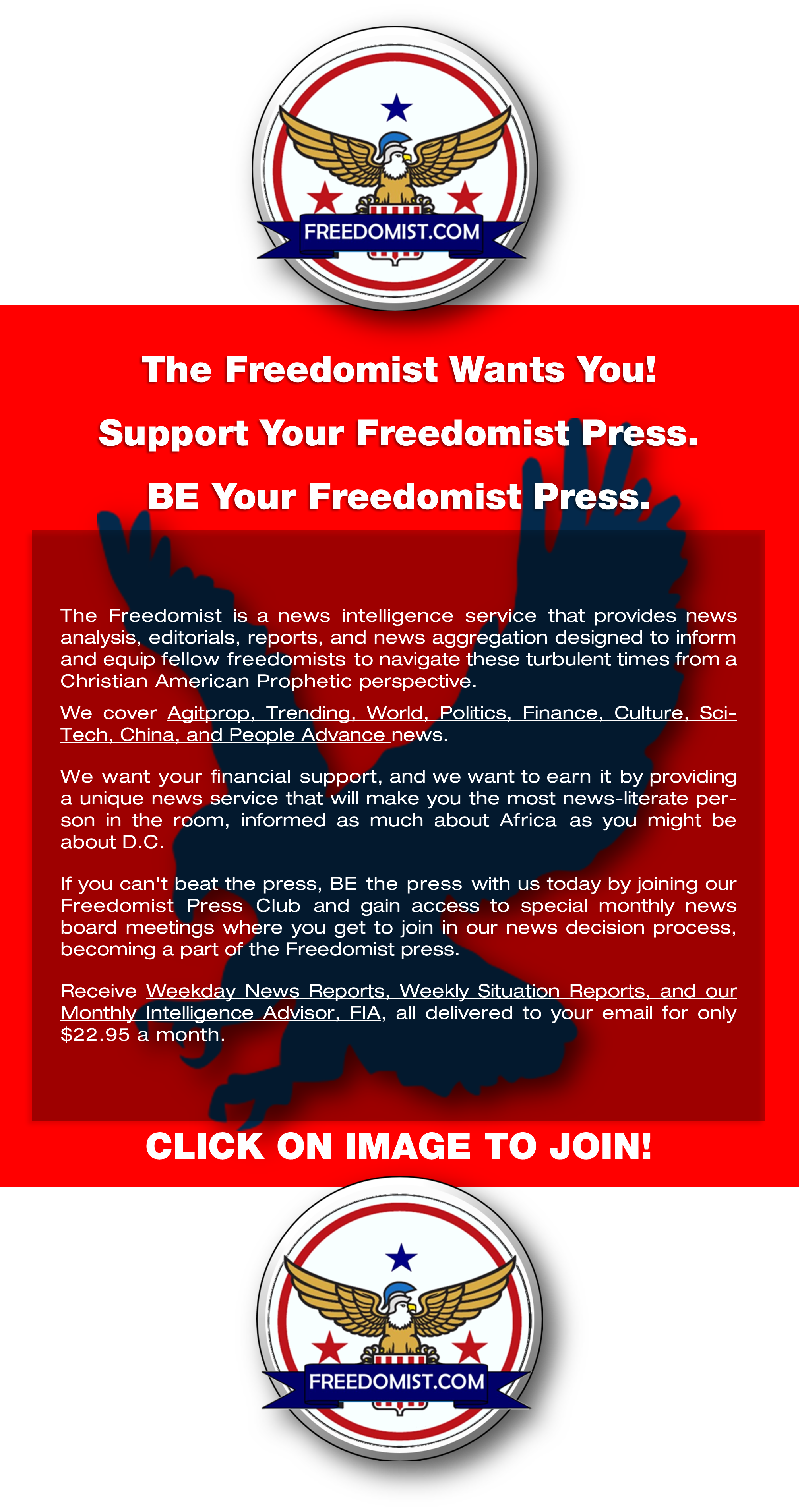
In the age of likes, shares, and viral content, social media platforms have evolved far beyond their original purpose of connecting friends and family. Today, these digital spaces have become sophisticated battlegrounds where information warfare is waged with increasing intensity and sophistication. From election interference to political and social radicalization, the militarization of social media is reshaping the landscape of global conflict and challenging our understanding of national security.
The New Face of Warfare
Traditional warfare conjures images of tanks, aircraft, ships and troops moving bravely into battle, perhaps modified by images of personal-sized drones either surveilling the battlefield, if not directly attacking the enemy. However, in the 21st century, some of the most pivotal battles are being fought with keyboards and algorithms. Social media platforms, with their global reach and ability to rapidly disseminate information, have become powerful weapons in the arsenal of state and non-state actors alike.
This shift represents a fundamental change in how conflicts are waged. Information operations, once a supporting element of military strategy, have now taken center stage. The goal is no longer just to control physical territory, but to dominate the narrative, shape public opinion, and influence decision-making processes at the highest levels.
At its heart, “information warfare” is propaganda, directly targeting individuals – of friendly, neutral and enemy populations – to altrenately confuse, distract and misinform them, the better to shape their views to the attacker’s benefit. As an example, targeted social media manipulation can be used as a rallying cry to inflame public opinion – this is what happened in Tunisia in 2011 via Facebook, when a targeted campaign of social media manipulation aggravated the tragic suicide of an emotionally distressed young man, resulting in his self-immolation; this was the trigger event that started the so-called “Arab Spring” revolts, whose violent effects the world is still dealing with, over a decade later.
While many campaigns of militarized social media attack strategies are most often deployed by operators infiltrating existing sites and deploying multiple operators, assisted by increasingly sophisticated bots to artificially magnify and elevate the traffic of posts, spreading them much farther than they would spread organically, the most effective strategies come when the social media company itself consciously works with intelligence agencies to promote content. This is, in fact, at the core of the NSA using social media to promote the “selfie” craze to train facial recognition algorithms to better understand how human appearance can change.
Tactics and Techniques
The militarization of social media employs a wide range of tactics:
- Disinformation Campaigns: The spread of false or misleading information to sow confusion and discord.
- Astroturfing: Creating the illusion of widespread grassroots support for a particular viewpoint.
- Computational Propaganda: Using bots and algorithms to amplify certain messages and suppress others.
- Microtargeting: Leveraging user data to deliver highly personalized and persuasive content.
- Coordinated Inauthentic Behavior: Networks of fake accounts working together to manipulate public discourse.
- “Memetic Warfare“: The creation of catchy, pithy images and sayings in a coherent and targeted campaign to begin shifting perceptions in a target population.
These tactics are often used in combination, creating complex information operations that can be difficult to detect and counter.

Memetic Warfare, as a doctrine, (as an outgrowth of Richard Dawkin’s theory of meme’s) is the latest iteration of the old practice of “psyops pamphlets“, printed flyers tossed from helicopters and airplanes – and sometimes, artillery shells – that attempted to alter the perceptions of opposing military personnel and civilians.
Modern internet memes can perform the exact same function as a propaganda leaflet, if a) constructed properly, and b) deployed to social media as part of a focused and structured campaign.
Real-World Impact
The consequences of this digital warfare are far-reaching and increasingly visible in global events:
- Election Interference: The 2016 U.S. presidential election saw Russian-linked actors use Facebook, Twitter, and other platforms to spread divisive content and manipulate public opinion. The impact of these operations on the election outcome, however, remains a hotly debated topic.
- COVID-19 Misinformation: During the COVID-19 pandemic, social media was used to attempt to brow-beat the public into dismissing concerns about the virus and vaccines as “conspiracy theories” or as “false information”, despite continuous evidence of widespread negative impacts of untested drugs. Social media was heavily used to justify all manner of draconian measures by various levels of government around the world, many of which – especially in various armed forces – have now (as of 2024) been retracted in full, or have cravenly begged those troops summarily dismissed to rejoin, actions that have failed miserably, as the command authorities’ actions have fundamentally broken the trust of their troops in their leadership abilities and morale authority.
- Ethnic Violence: In Myanmar, Facebook was used to spread hate speech and incite violence against the Rohingya minority, demonstrating how social media can exacerbate real-world conflicts.
- Recruitment for Extremist Groups: ISIL and other terrorist organizations have leveraged social media platforms for recruitment and radicalization, reaching potential members across the globe. ISIL, as of 2018, is estimated to have used social media to recruit and estimated 30,000-40,000 recruits, globally.
These examples illustrate how the militarization of social media can have tangible, often devastating, consequences in the physical world.
The Challenge for Free Societies
Free societies face particular challenges in this new weaponized landscape. The open nature of free societies, coupled with principles of free speech, can make them especially vulnerable to information warfare tactics, when those nation’s governments either do not promote detailed education of their own populations on the threat, and/or have lost the trust and faith of the populations, due to an over-abundance of security restrictions, that leave their populations scared of shadows, unable to understand the threat their governments warn them of, but only in vague and general terms.
Moreover, the line between legitimate political discourse and malicious information operations is often blurry. This creates a dilemma for both government agencies and social media companies: How to counter genuine threats without infringing on civil liberties or stifling free speech? As shown in the “knee-jerk” and draconian reactions to public concerns over those government’s response to the COVID pandemic, governmental overreaction and over-reach without coherent information being offered, damages or destroys public confidence in their governments; this creates a breeding ground for hostile actors to deploy information-warfare techniques and products to further weaken a public body’s loyalty to their government, which is exponentially aggravated by further government overreaction, as has recently occurred in the United Kingdom.
The Role of Social Media Companies
As the primary battlegrounds for this new form of warfare, social media platforms find themselves in a difficult position. They must balance user privacy, freedom of expression, and business interests with the need to protect their platforms from exploitation. Another factor is star-up capitol, as many very large social media companies got their start with grant money from intelligence agencies.
In response to growing pressure, companies like Facebook, Twitter, and YouTube have implemented various measures:
- Content moderation policies to remove harmful content
- Fact-checking partnerships to combat misinformation
- Transparency reports on coordinated inauthentic behavior
- Improved detection of bot accounts and inauthentic activity
However, critics argue that these efforts are often reactive and insufficient given the scale of the problem. In particular, “fact checking” has been badly handled by most social media companies, reducing the term to the level of a bad joke, and frequently generating the precisely opposite effect of its intent: if something is “fact checked” in a particular direction, it is widely assumed that the polar opposite is the actual truth.
Government and Military Response
Governments and military organizations are increasingly recognizing social media as a critical domain of modern warfare. Many countries have established dedicated units for information operations and cybersecurity:
- The U.S. Cyber Command and the Army’s Social Media Intelligence Analyst role
- Russia’s Internet Research Agency, implicated in numerous disinformation campaigns
- China’s “50 Cent Army” of paid online commentators
These developments blur the lines between military operations, intelligence gathering, and public relations, raising complex ethical and legal questions. This democratization is intrinsically tied into free training in intelligence techniques available via everything from free-access archives of declassified military manuals to YouTube videos. Individuals who care enough, are training themselves to recognize the various techniques when they are deployed, and as a result, are able to bend this weaponization to their own use.

Looking Ahead: The Future of Digital Warfare
As technology continues to evolve, so too will the tactics of information warfare on social media. Several trends are likely to shape the future of this digital battlespace:
- Artificial Intelligence: AI will play an increasingly significant role, both in creating more convincing deep fakes and in detecting malicious content…Conversely, AI can be leveraged to radically speed up the action cycle.
- Augmented and Virtual Reality: As these technologies become more prevalent, they may open new fronts in information warfare, allowing individuals to “meet” and collaborate in ways only hinted at with previous tools, such as ZOOM, Teams or Discord, among others.
- Quantum Computing: This could revolutionize encryption and cybersecurity, with profound implications for online information operations.
- Regulation and Governance: There will likely be increased efforts to regulate social media platforms and establish international norms for behavior in the digital space. The reaction to this, however, may well encourage people to trust governments even less, to their direct detriment.
Conclusion
The militarization of social media represents a paradigm shift in how conflicts are waged in the 21st century. As digital platforms become ever more central to our lives, the battles fought on them will have increasingly significant real-world consequences.
Addressing this challenge will require a multifaceted approach involving governments, tech companies, civil society, and individual users. Education in digital literacy, robust democratic institutions, and innovative technological solutions will all play crucial roles in navigating this new landscape. At the same time, these responses have to be tempered by companies and governments, lest they either create or magnify the very problems they are attempting to defend their states from.
As the world moves forward, one thing is clear: the front lines of global conflict now extend to the palms of our hands, making every smartphone a potential battleground in the age of information warfare.









